European aviation regulator EASA has issued a No Technical Objection statement to PAL-V, the Dutch company that has developed and is commercialising what it calls the world’s first FlyDrive vehicle – a flying car.
Pal-V ‘s Liberty is a two-seat gyroplane with a top speed of 180 km/h (110mph) in fly mode, a maximum take-off weight of 910kg, a range of 500km (310 miles) and flight endurance of four hours. On the ground, once it has been transformed into a three-wheeled car, it offers a top speed of 160km/h (100mph) and range of 1,315 kilometers (817 miles). It uses two Rotax 912iS engines.
The Pal-V Liberty vehicle has been under development since 2008. Certification for road use was achieved in 2020.
The rotor blades are 20% more efficient with less drag compared to equivalent blades, resulting in better performance and fuel economy. Due to the advanced composite technology, a set of two rotor blades only weighs 35.8 kg while spanning over almost 11 meters in length.
Pal-V has been working with EASA to use the Certification Specifications for Small Rotorcraft, CS-27, as a starting point for the development of the flying car’s certification basis. Since then engineers at PAL-V have worked with EASA to amend a complete list of over 1,500 criteria to make it applicable to the Liberty.
The NTO is an EASA endorsement of PAL-V’s compliance demonstration program to finalise flight certification and confirms that there are no known risks preventing full type certification.
EASA’s senior project certification Manager for VTOL (vertical take-off and landing), Volker Arnsmeier, said, “This is the first time ever we have issued a No Technical Objection [NTO] for a FlyDrive vehicle in the Innovative Air Mobility sector. It is a major step toward certifying the Pal-V Liberty.”
Last November, Pal-V completed work on the Liberty’s propellers with Dutch aerospace research agency NLR. The composite folding rotor blades are 11m (36ft) long and weigh 38.5kg (85 lbs), boosting their efficiency by 20% with less drag compared to similar blades, said Pal-V.
Henri de Vries, senior scientist at NLR said, “We’ve overcome technical challenges and ensured the rotor blades are ready for industrial production. Gyroplane rotor blades are brought in motion by the airflow to create lift instead of by using a motor, this is called autorotation, so the Pal-V blades are basically its wings during flight.
“Next to being lightweight, they contain a mid-hinge to fold the blades and enable driving the vehicle on the road with a convenient vehicle length of just four meters. This makes its design unprecedented.”





